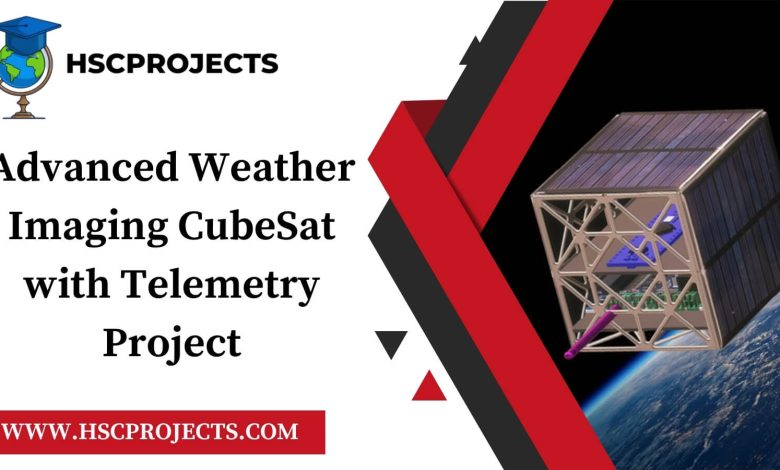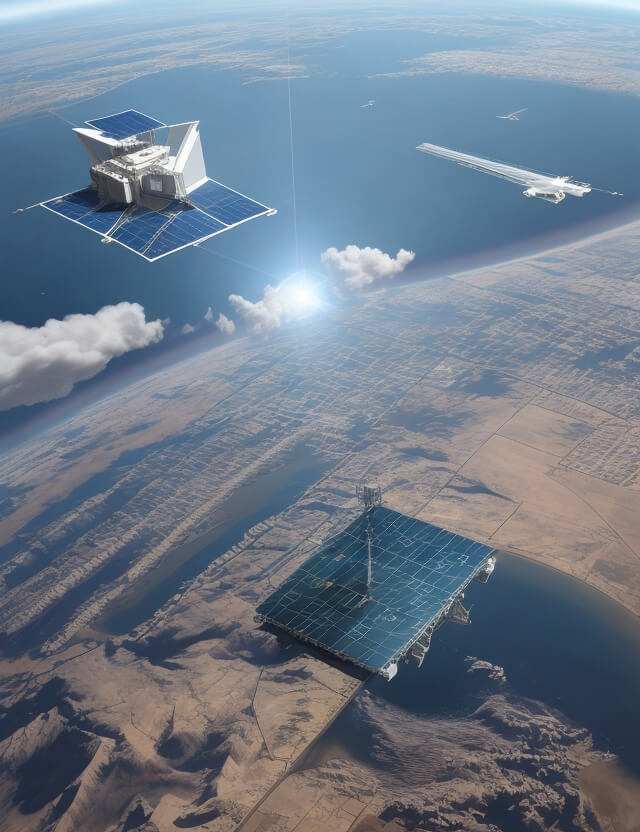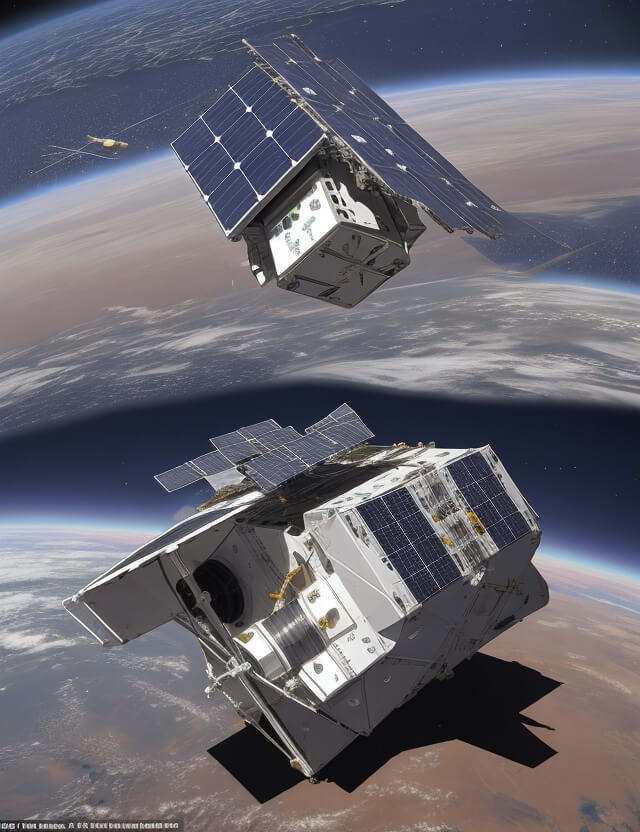
Advanced Weather Imaging CubeSat with Telemetry Project
CubeSats represent a significant advancement in space technology, offering a cost-effective and efficient means to conduct atmospheric and weather-related research. Our project focuses on developing a demo weather imaging and parameter transmission CubeSat, aimed at enhancing weather prediction and atmospheric analysis capabilities. Let’s explore the functionalities, components, and implications of this sophisticated weather imaging CubeSat.

The Mission of Weather Imaging CubeSat:
The primary functions of the Weather Imaging CubeSat include:
- Weather Imaging: Capturing high-resolution images of the Earth’s atmosphere to assist in weather monitoring and forecasting.
- Infrared Radiation Sensing: Detecting solar winds and other atmospheric phenomena through infrared sensing technology.
- Temperature Measurement: Recording temperature variations in the Earth’s atmosphere, crucial for understanding and predicting weather patterns.
- Solar Power Utilization: Equipped with solar panels, the CubeSat harnesses energy from the sun, ensuring a sustainable and long-lasting power supply.
Components of the CubeSat:
The CubeSat’s design is a marvel of engineering, incorporating various components:
- STM32 Controller: Acts as the central processing unit, managing data from sensors and handling communication.
- Power System: Comprised of solar panels and a battery, it ensures continuous operation, with auto cutoff circuitry to maintain battery health.
- Orientation and Environmental Sensors: Includes a magnetometer for orientation, an infrared sensor for detecting solar activity, and a temperature sensor for atmospheric readings.
- Communication System: A 2.4Ghz RF transmitter and receiver pair, equipped with a high-gain antenna for maximum distance transmission.
- Visual Data Capture: A camera mounted on the CubeSat provides live footage of Earth, complementing the sensor data.
- Structural Integrity: The CubeSat frame is designed to be robust yet lightweight, accommodating all components securely.

Operating the CubeSat:
The CubeSat operates seamlessly in space, capturing and transmitting data back to Earth. It utilizes a magnetometer to maintain orientation and employs its suite of sensors to gather comprehensive weather and environmental data. The solar panels ensure a continuous power supply, recharging the onboard battery. Data captured is then processed by the STM32 controller and transmitted back to Earth using the RF communication system. Ground stations equipped with receivers collect this data for analysis and application in weather prediction models.

Impact and Future Directions:
The development and deployment of such CubeSats have a profound impact on meteorology and atmospheric sciences. They provide:
- Enhanced Weather Prediction: Offering real-time data for more accurate and timely weather forecasts.
- Climate Monitoring: Helping scientists track and understand climate change indicators.
- Educational Opportunities: Serving as a tool for educational initiatives in space technology and atmospheric sciences.
As technology progresses, we anticipate more sophisticated sensors, improved communication systems, and advanced power solutions, further enhancing the capabilities and applications of weather imaging CubeSats.
In order to download the PDF, You must follow on Youtube. Once done, Click on Submit
Follow On YoutubeSubscribed? Click on Confirm
Download Advanced Weather Imaging CubeSat with Telemetry Project PDF






